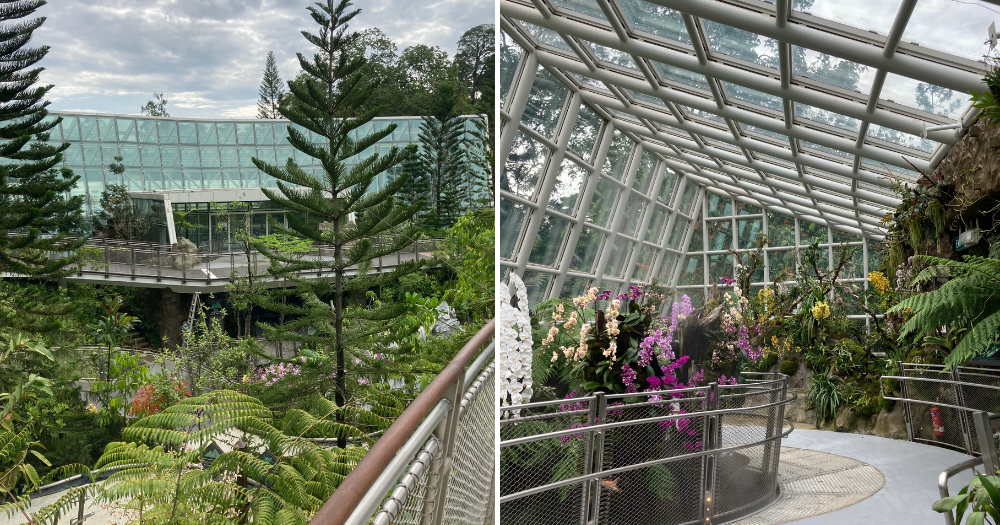A new area spanning around 2,480sqm was unveiled in the National Orchid Garden, within the Singapore Botanic Gardens, on Apr. 3 by the National Parks Board (NParks).
Called the Tropical Montane Orchidetum (TMO), the area includes three enhanced display houses containing a variety of orchids and other plants, as well as two other attractions.
The National Orchid Garden was first opened in 1995 and is 3.2ha in size, and it is the largest and most comprehensive tropical orchid display in Asia.
The enhancement works for the TMO started in 2017 and cost S$35 million in total. S$10 million of this was donated by Sembcorp.
Currently, the TMO showcases the greatest diversity of orchids in tropical montane forests in a single location in Singapore.
Like walking through a tropical montane forest
The TMO simulates a tropical montane forest, hence its name, and showcases orchids and plants from a mid to high-elevation montane forest.
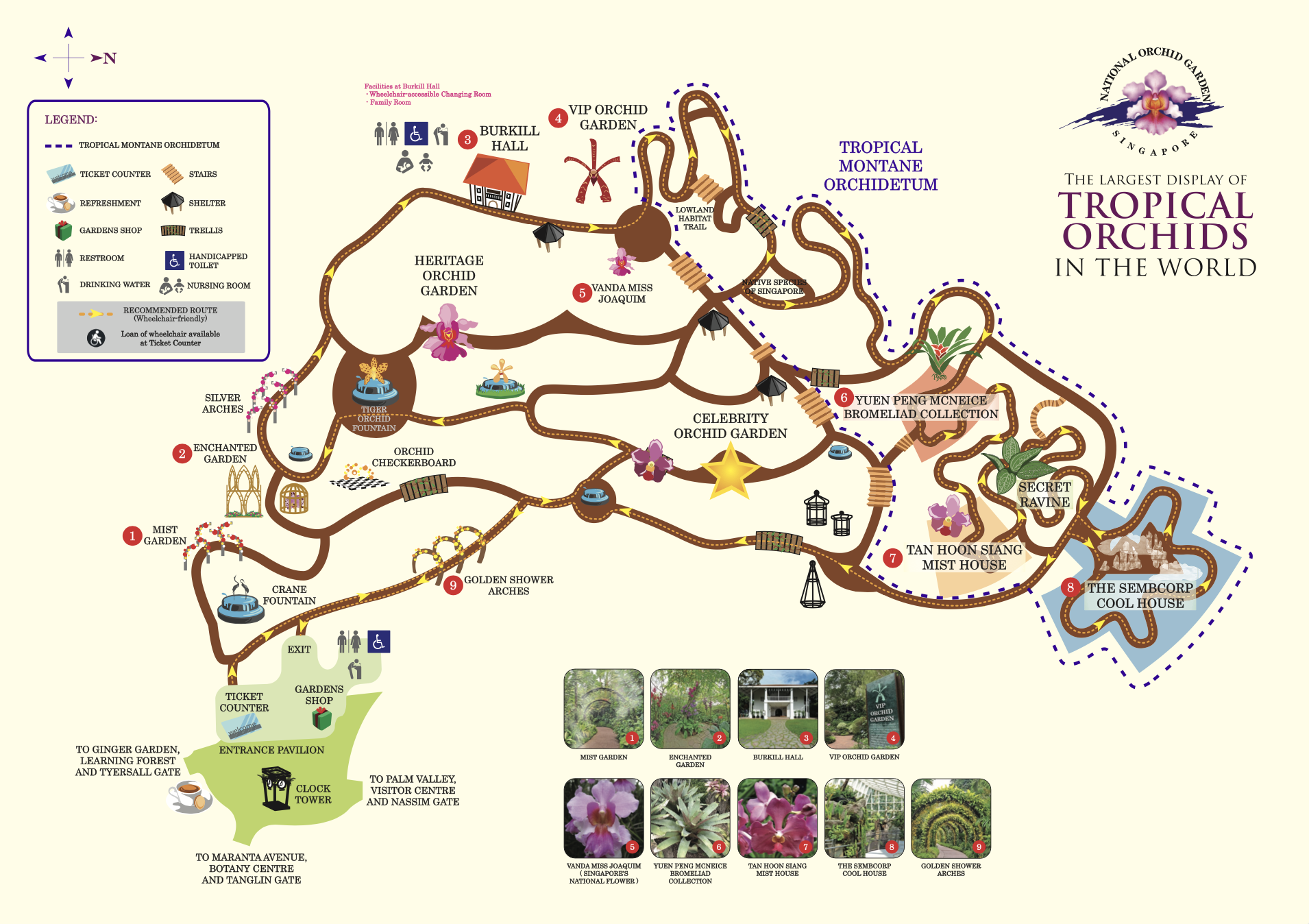 Photo from NParks
Photo from NParks
Walking along the paths in the TMO is akin to "ascending" through a tropical montane forest — for example, orchids and plants that grow specifically in lowland montane forests will be found at the lowland habitat trail, which is near the entrance to the TMO.
Orchids found along this trail include epiphytic ones (plants that grow on surfaces), as epiphytic orchids can typically be found on Neram trees, a common species in lowland forests.
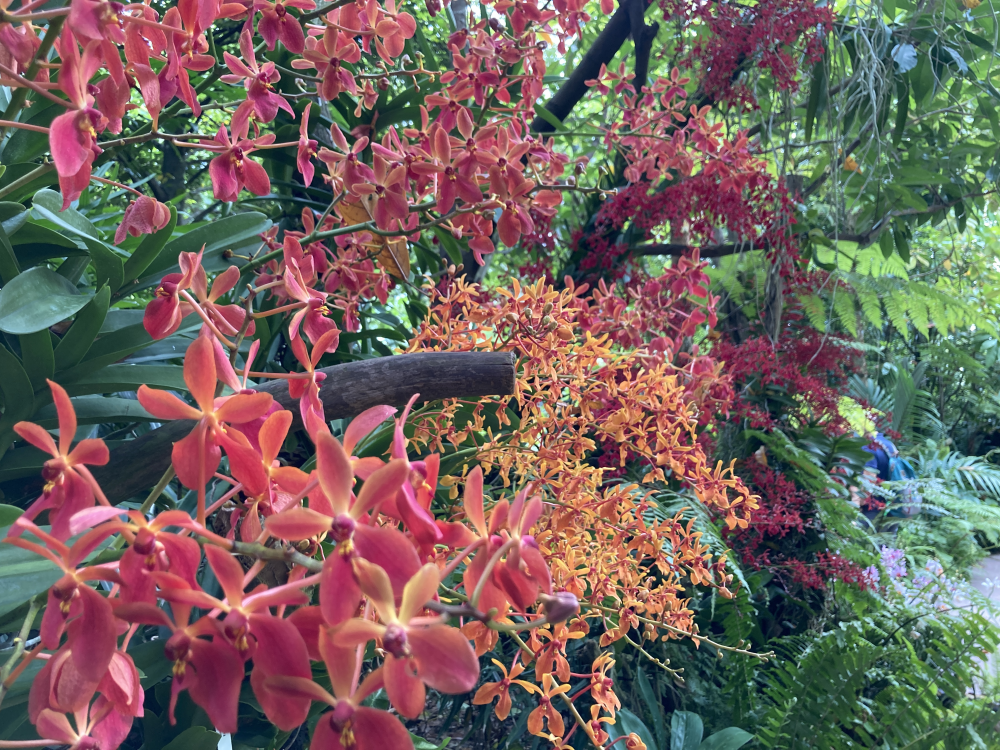 Photo by Ashley Tan
Photo by Ashley Tan
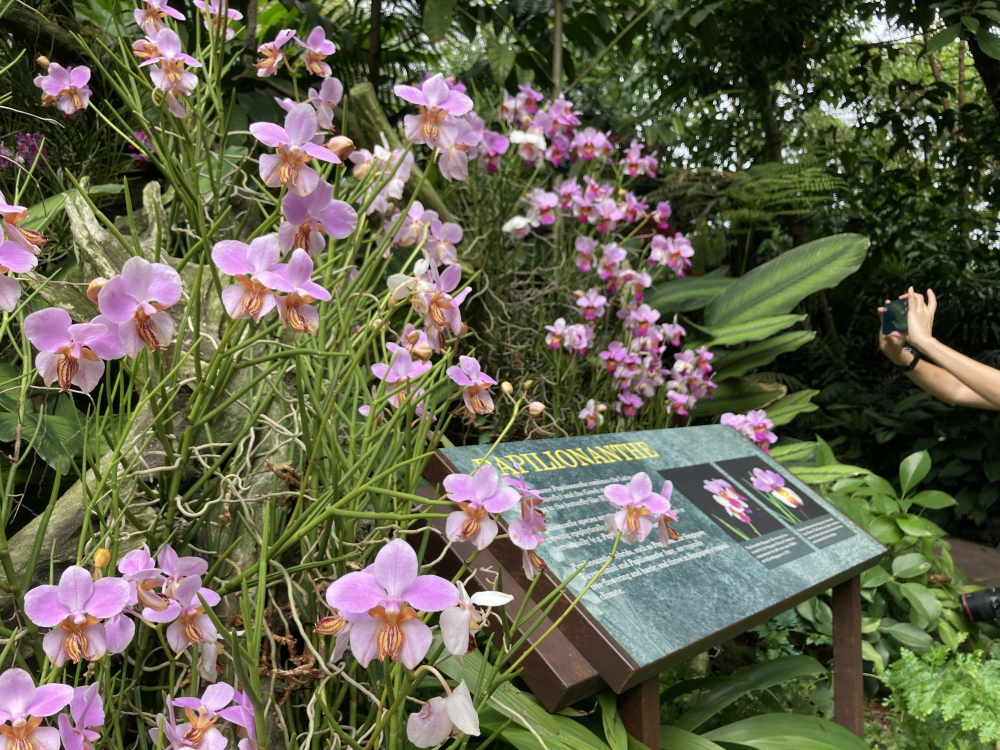 Photo by Ashley Tan
Photo by Ashley Tan
As visitors walk along that path, they will reach the Secret Ravine, which is a long, winding path connecting the three display houses.
The Secret Ravine emulates habitats found in deep, narrow valleys of tropical mountains, and is surrounded by large coniferous trees. The area showcases rare orchids and ferns that grow on the ground or in rock crevices.
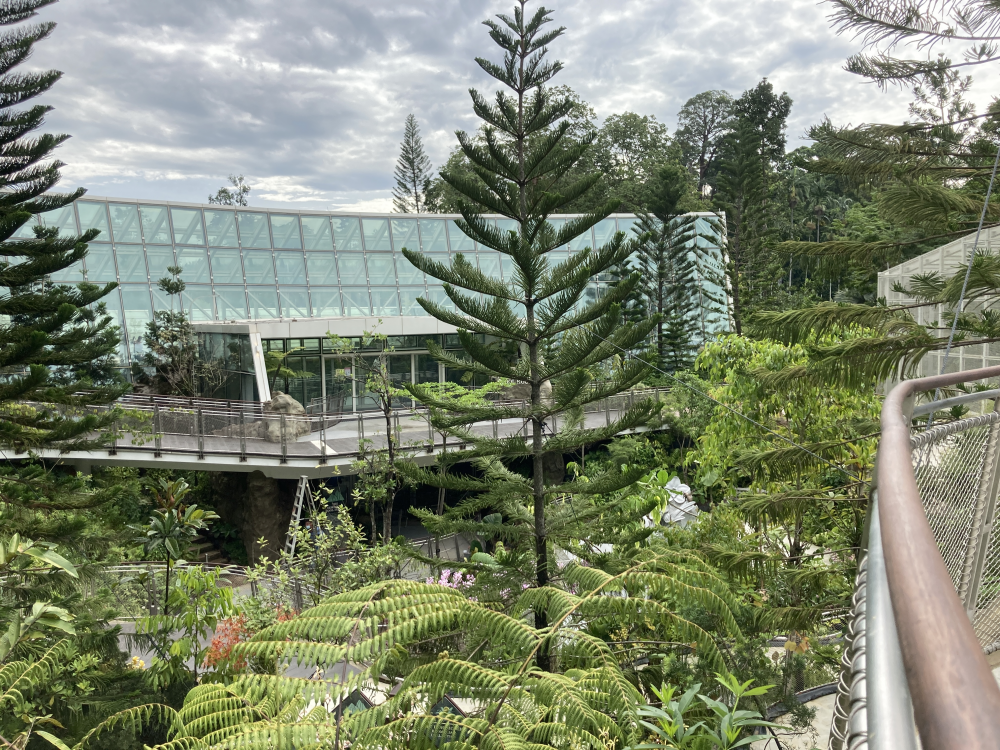 Photo by Ashley Tan
Photo by Ashley Tan
Display houses
The three display houses have an impressive array of over 1,150 species of orchids arranged in naturalistic set-ups and landscapes, and more than 150 species from other plant families.
Benches and statues scattered throughout the display houses serve as great photo spots for Instagram-worthy pictures too.
Yuen Peng McNeice Bromeliad Collection
Previously occupying a space of 350sqm, the Yuen Peng McNeice Bromeliad Collection has now been expanded to 620sqm.
The display house is meant to emulate a mid-elevation (650m to 1,000m elevation) forest in Central and South America (also known as the Neotropics).
Aside from around 100 Neotropical orchids and orchid hybrid species, it also showcases other plants found in those habitats such as bromeliads, of which pineapples are a part of.
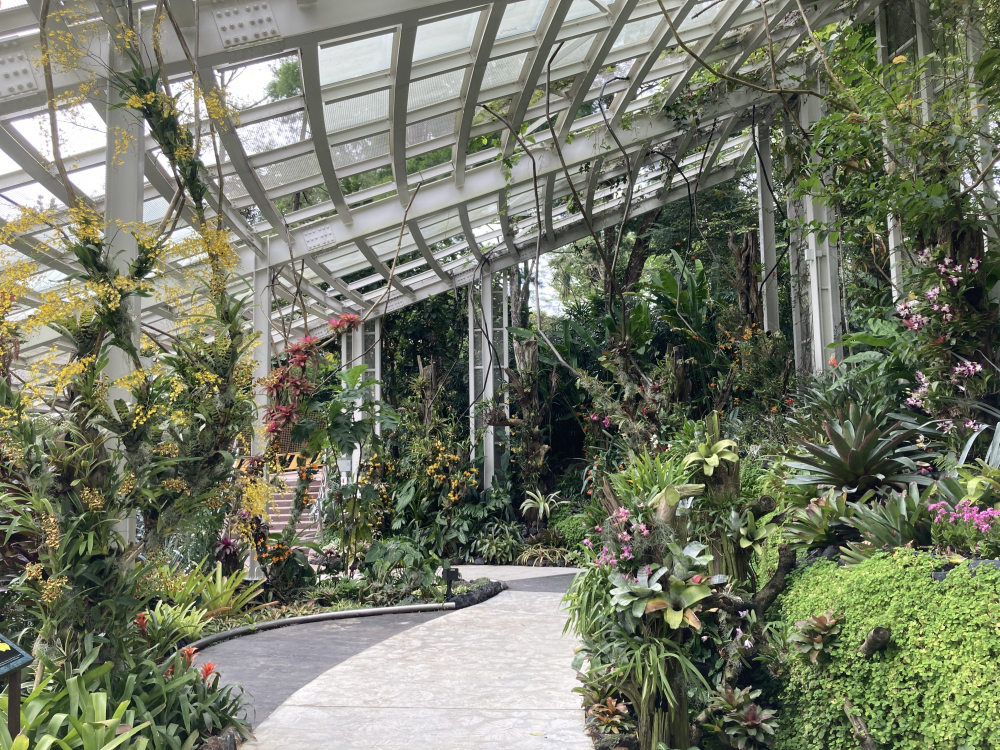 Photo by Ashley Tan
Photo by Ashley Tan
Tan Hoon Siang Mist House
The Tan Hoon Siang Mist House mimics a paleotropical garden (Africa, Asia and Oceania) at 650m to 1,000m altitude.
The display area has been increased from 350sqm to 760sqm, and features approximately 50 orchid species and hybrids.
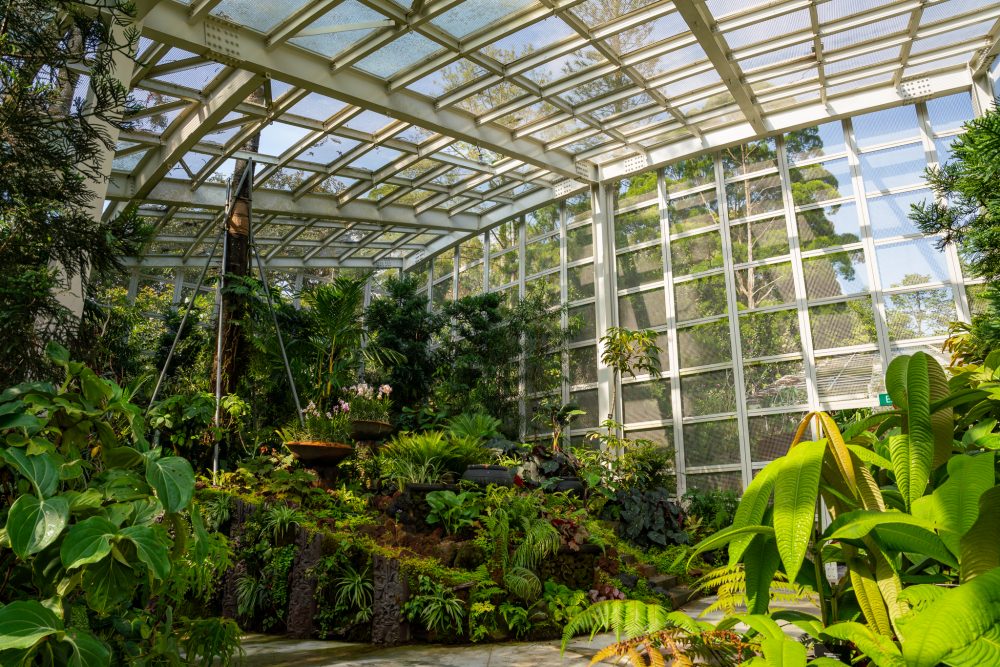 Photo from NParks
Photo from NParks
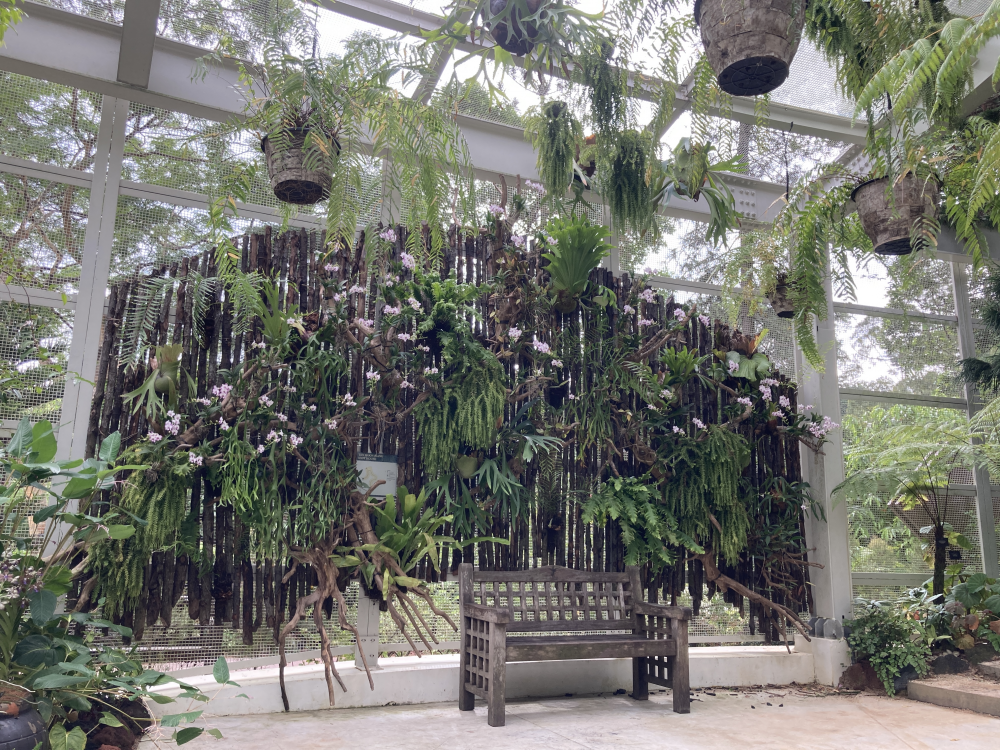 Photo by Ashley Tan
Photo by Ashley Tan
Species featured in this display house comprise unique, uncommon or award-winning orchids from speciality breeding stock of orchids from the National Orchid Garden's collection.
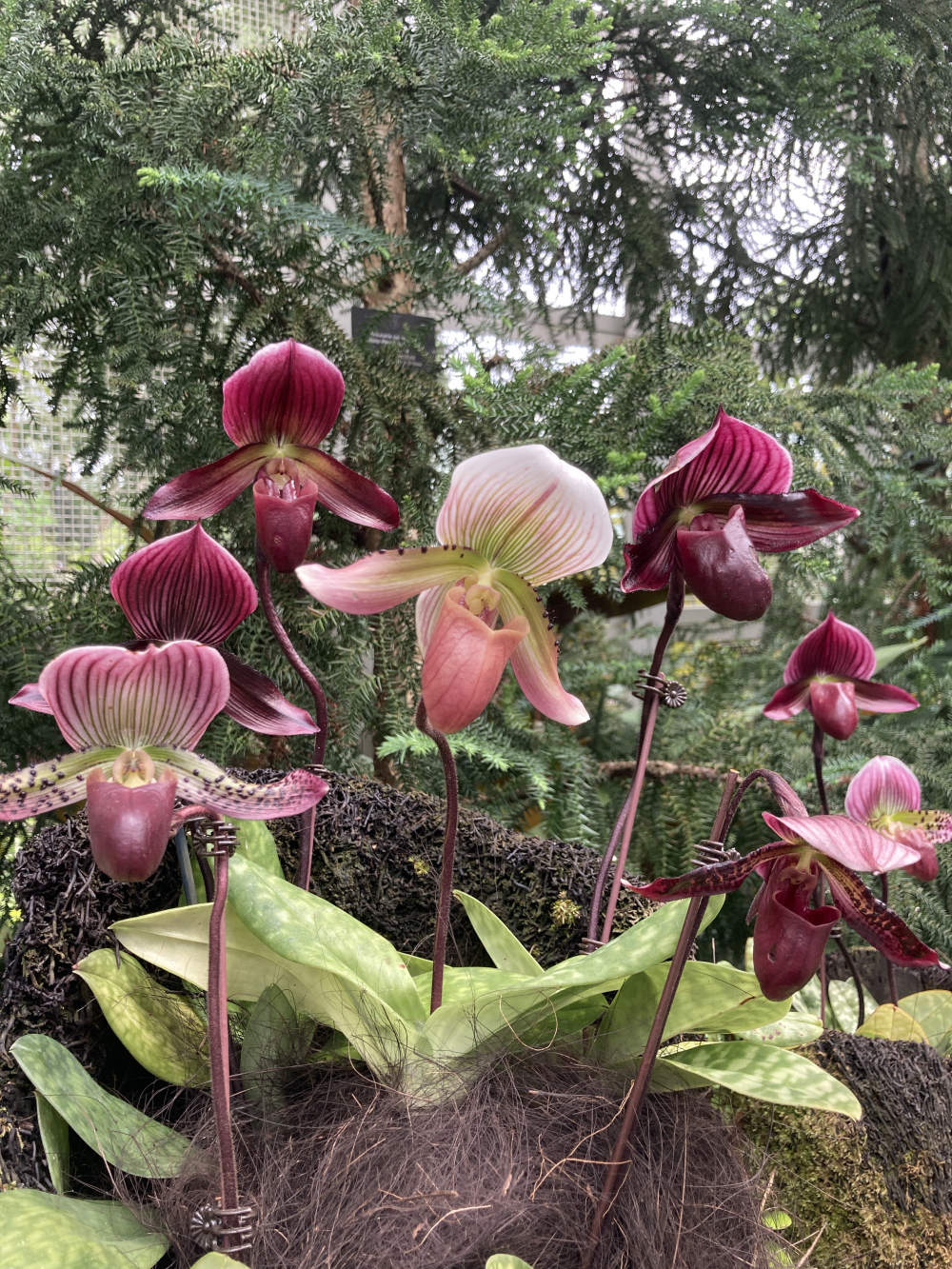 Photo by Ashley Tan
Photo by Ashley Tan
 Photo by Ashley Tan
Photo by Ashley Tan
Sembcorp Cool House
The cool house was expanded four-fold from its original 260sqm to the current 1,100sqm size.
With temperatures remaining between 16°C and 23°C, visitors will step into an air-conditioned glass house and be able to admire the plants amidst the cool air and mist.
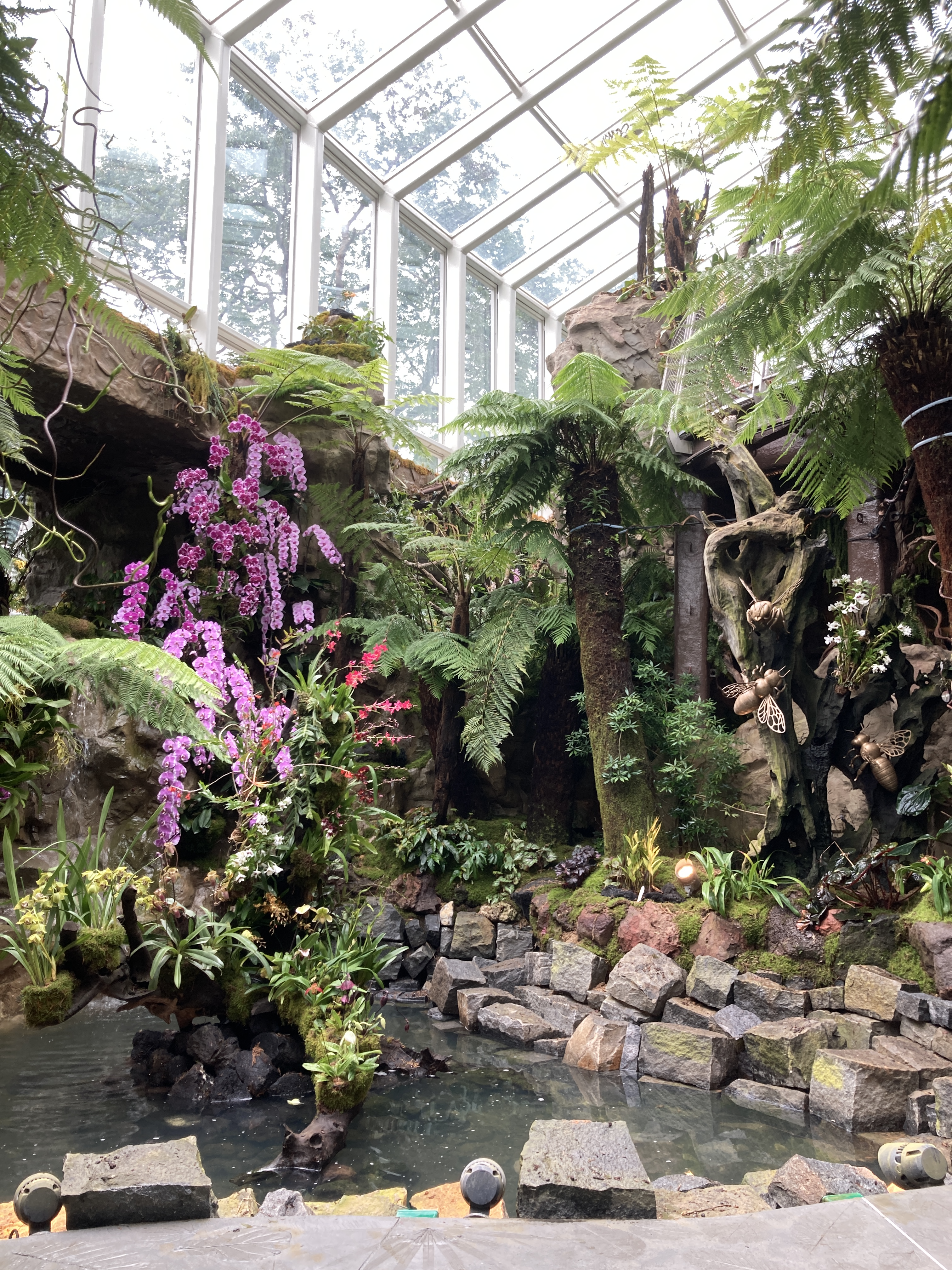 Photo by Ashley Tan
Photo by Ashley Tan
The Sembcorp Cool House contains the largest collection of high elevation (1,000m to 2,000m) montane orchids in Asia.
The cool house alone contains over 1,000 species of orchids and hybrids from five biogeographical regions — Malesia, Continental Southeast Asia and South Asia, Australasia, Afrotropics and the Neotropics.
There are also more than 150 species from other plant families, such as collections of carnivorous plants like pitcher plants and venus flytraps, begonias, towering tree ferns and the Woollemi Pines, which were thought to once be extinct.
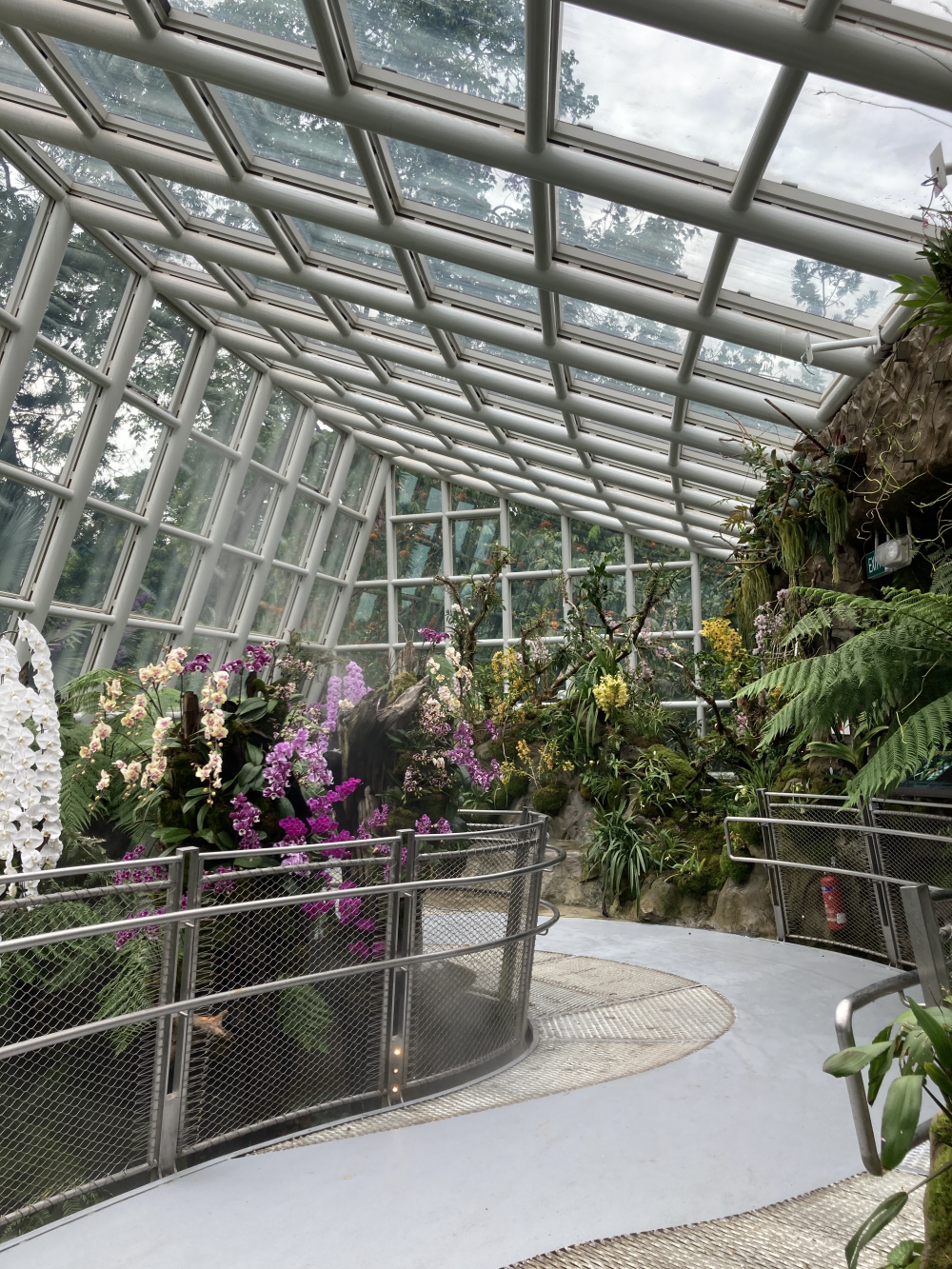 Photo by Ashley Tan
Photo by Ashley Tan
Sustainable cool house
The Sembcorp Cool House was built with several sustainable features.
To recreate the low humidity conditions of high elevation montane forests, an advanced optimal system reduces its energy usage by around 30 per cent.
This is contributed by small squares of photovoltaic cells, which are used to generate electricity.
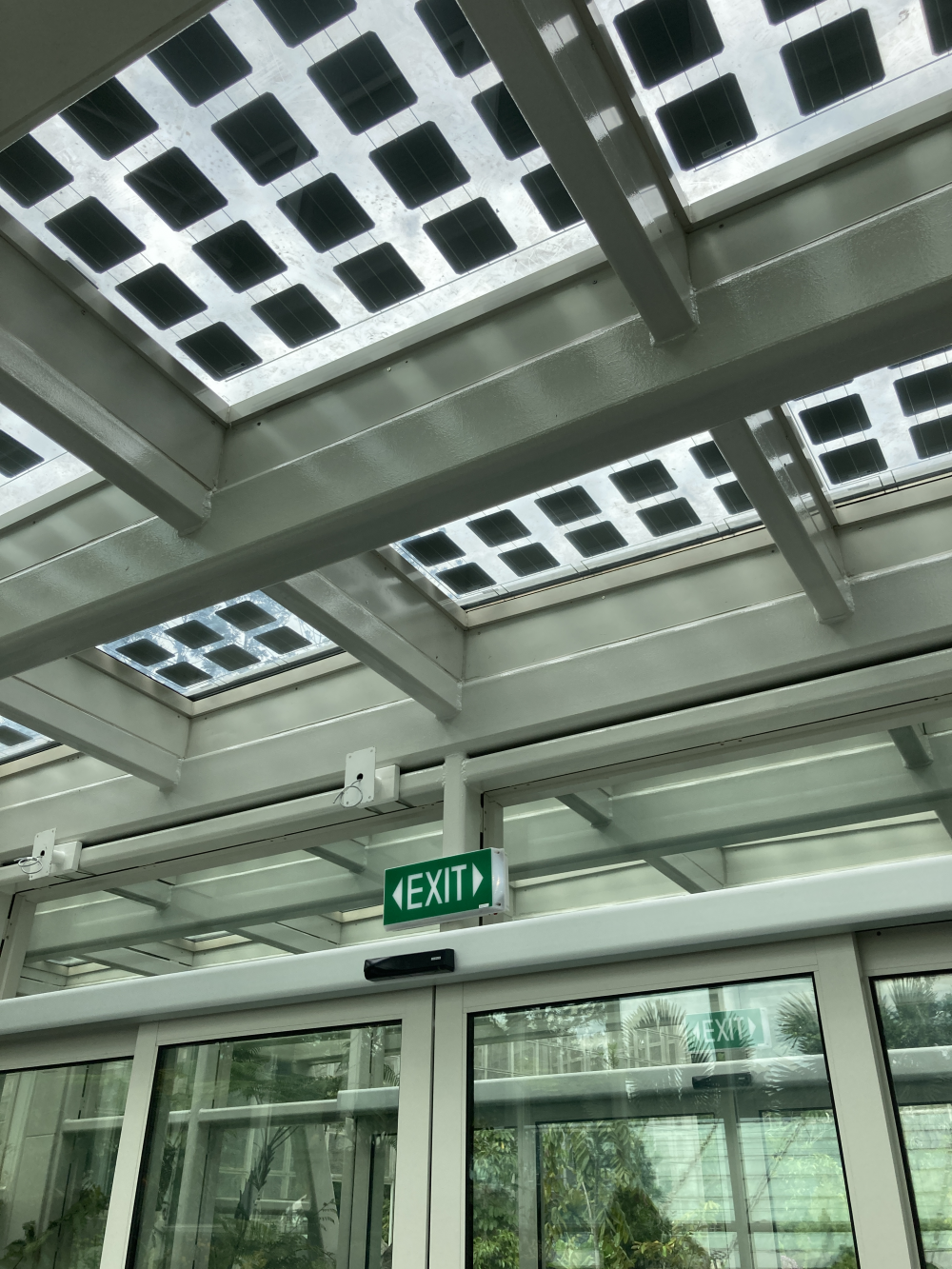 Photo by Ashley Tan
Photo by Ashley Tan
Chilled water pipes beneath the floor and vents blowing out cool air on the lower floors help reduce the temperature at the bottom of the cool house.
Meanwhile, hot air rises to the top of the cool house. When temperatures rise above the ambient temperatures outside the cool house, louvres in the window automatically open to let the hot air out.
The glass roof of the cool house is also made of a type of glass that only allows visible light to penetrate but not infra-red radiation, thus helping to reduce heating of the interior.
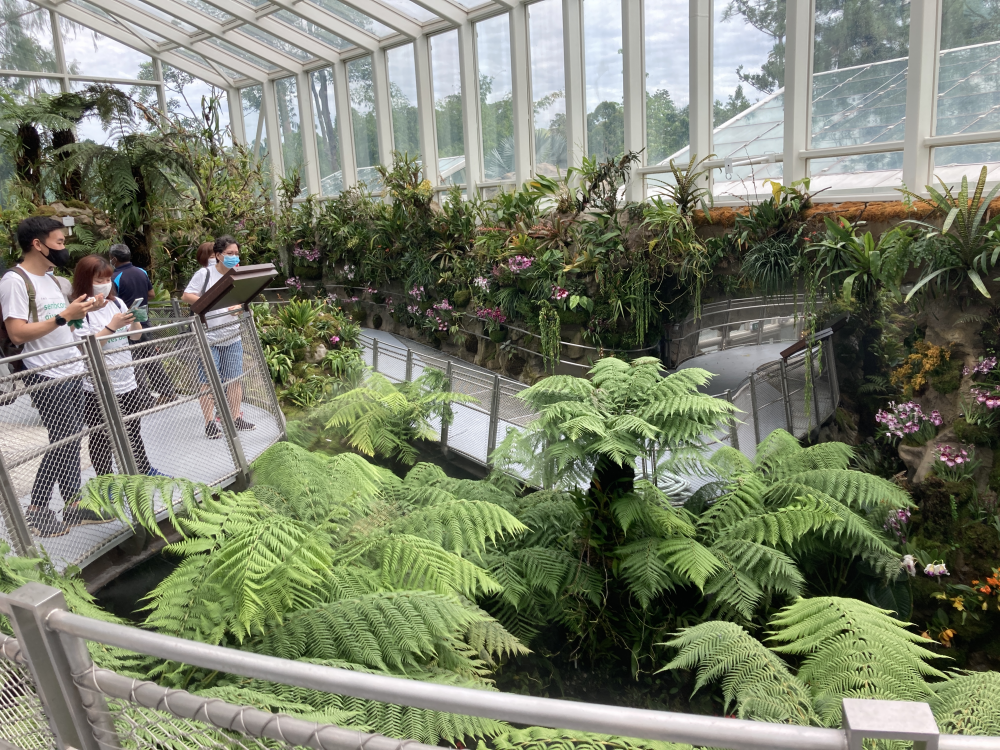 Photo by Ashley Tan
Photo by Ashley Tan
Not only do these optimal conditions, and an improved climate control system, benefit the plants, it enables researchers to grow and study rare orchid species in tropical Singapore.
The TMO therefore plays an important role in the conservation and research of orchids, which are becoming increasingly endangered.
Open every day
The TMO is open every day of the week.
Visitors who want to visit the TMO can purchase tickets to the National Orchid Garden, which costs S$5 for adults and S$1 for seniors above the age of 60 and students.
Children below the age of 12 can enter the garden for free.
The garden is open from 8:30am to 7pm, with the last ticket sales and entry at 6pm.
Top photo by Ashley Tan
If you like what you read, follow us on Facebook, Instagram, Twitter and Telegram to get the latest updates.
